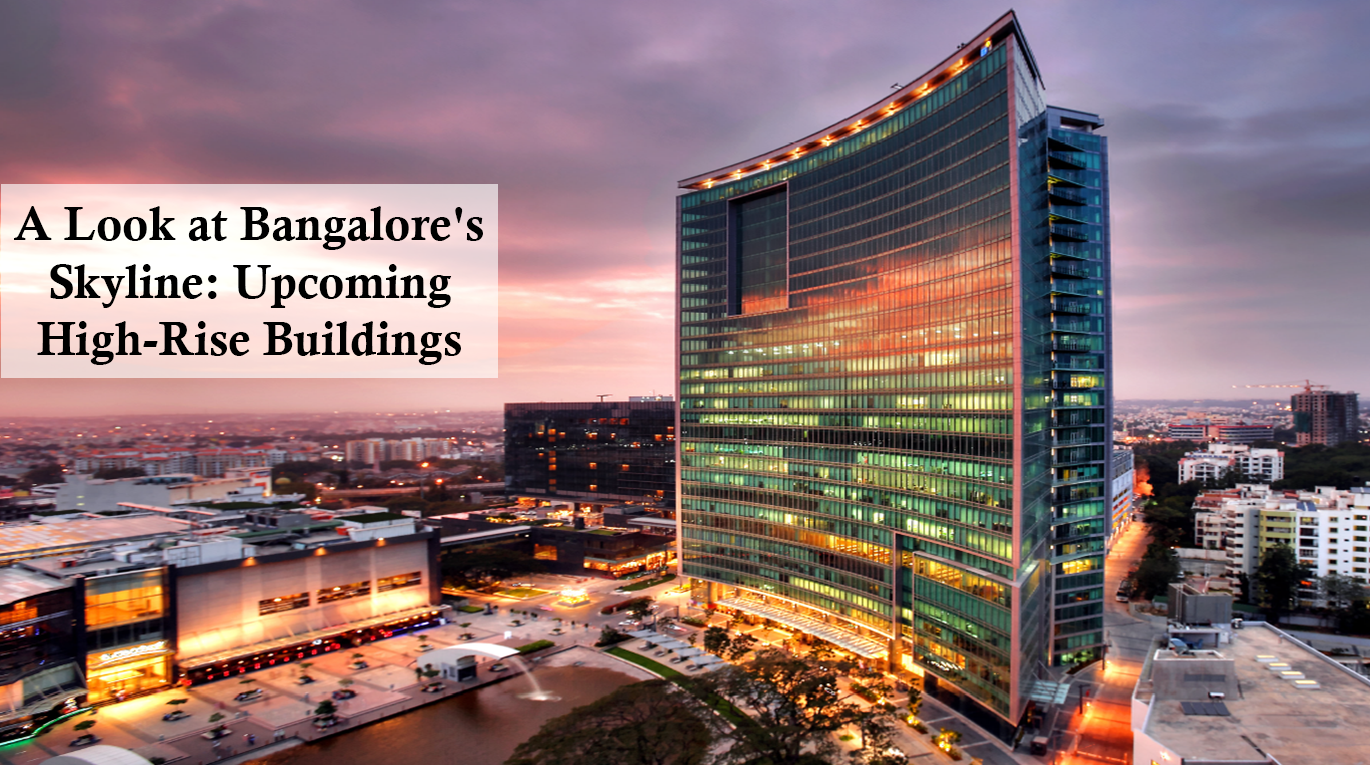A Look at Bangalore's Skyline: Upcoming High-Rise Buildings
Read latest blogs and articles from Housystan

The Information mentioned here was last updated on:
28/12/2025Bangalore, often known as the Silicon Valley of India, is witnessing a dramatic transformation in its cityscape with the development of iconic high-rise buildings. As the demand for premium residences, modern commercial spaces, and luxury amenities continues to surge, the skyline of Bangalore is evolving at a rapid pace. For professionals, families, and real estate investors looking for opportunities in Karnataka’s thriving capital, understanding the future of Bangalore’s skyline is essential.
The city’s strategic location, robust infrastructure, and cosmopolitan lifestyle make it a magnet for developers and homebuyers alike. Areas such as Whitefield, Koramangala, Electronic City, and Hebbal are at the forefront of this vertical expansion, with many upcoming skyscrapers redefining luxury living and business standards. These new high-rise projects are not only architectural marvels but also offer eco-friendly features, advanced security systems, and proximity to tech parks, schools, and healthcare facilities.
Leading developers in Bangalore are focusing on sustainable construction methods, integrating green spaces, and providing smart home technologies to meet the expectations of modern residents. The rise of mixed-use developments is becoming increasingly popular, blending residential, retail, and office spaces within a single tower. This trend is fostering vibrant urban communities and enhancing the city’s global appeal.
- Verified Tenants/Buyers
- Unlimited Property Listing
- Zero subscription/charges fee
Upcoming high-rise buildings in Bangalore feature world-class amenities such as infinity pools, rooftop gardens, fitness centers, and dedicated coworking zones. These towers are designed to offer breathtaking panoramic views of the city’s lush surroundings and bustling neighborhoods. Whether you are seeking a premium apartment or a futuristic office, Bangalore’s new skyline has something to offer everyone.
With urban planning initiatives and metro connectivity expanding rapidly, Bangalore’s high-rise boom is set to continue. Investing in these upcoming projects not only ensures a luxurious lifestyle but also promises significant appreciation potential. As Bangalore’s skyline reaches new heights, the city cements its status as a premier destination for real estate growth in South India.